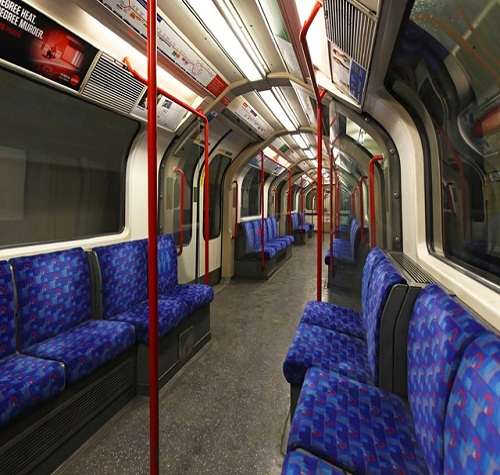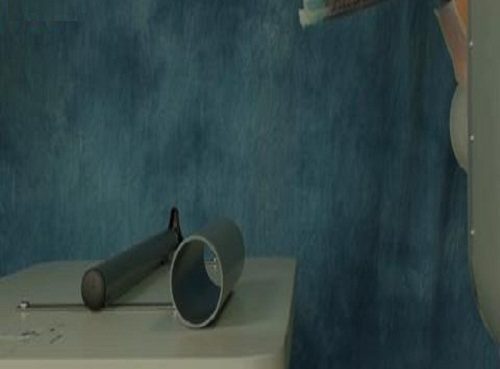A train-cleaning robot has been designed by engineers at the Edinburgh-based National Robotarium, and could be set to help keep trains clean and tidy by the end of the decade.
According to research, many train passengers desire a higher standard of cleanliness. A survey of 50,000 people in 2020 found that more than a quarter wanted cleaner carriages.
“Our research uses robotics and AI to help people to solve a wide range of challenges,” said project lead Dr Mustafa Suphi Erden, who is based at the National Robotarium. “With the daily pressure on rail services, it’s essential that trains are cleaned as fast and as efficiently as possible.
“However, at present, this process is done entirely by hand, requiring a significant amount of time for the cleaning personnel to collect each waste item one-by-one from under and in-between the seats.”
The robot is equipped with a front-facing static camera and a stereo vision camera mounted above, which has a 180° field of vision,
The designers – from Heriot-Watt University and Edinburgh University, at the National Robotarium – analysed more than 58,300 studio images of waste in a variety of conditions, in a range of angles, and in a variety of conditions, to refine the robot’s computer vision. For instance, disposable coffee cups were represented as new and squashed. In addition, smaller datasets were studied of waste photographed on trains, taken from the perspective of a small cleaning robot.
The narrow under-seat area, which contains the most waste, is extremely tight, especially on older rolling stock. This makes waste collection challenging for both humans and robots. Some spaces were measured at just 28cm tall, with entry points as small as 31cm.
“Reaching underneath seats repeatedly over a long shift can lead to health problems,” said Erden. “Also, cleaning staff regularly encounter hazardous and biological waste which poses a significant risk. As well as being important for health, cleaning can prevent train delays with discarded newspapers identified as a reason why train doors fail to close.”
The cleaning robot’s design and OS development took researchers two years. It is supported by £21m in UK government funding and £1.4m in Scottish government funding. According to a spokesperson for the Robotarium, the research team will next focus on producing a flexible navigation tool and a waste detection algorithm. They hope to have a working prototype by 2022.
“For such a research phase system to get into the market and to be deployed in an actual business setting, one needs much more things than technical functionality, such as extensive tests and verification,” said Erden. “And approvals from many different places, for a company that will pick it up for manufacturing and mass production. These take a lot of time: I estimate five to 10 years.
“It would be technically be possible to physically build and deploy the robot, [but] realistically it would be longer until we might see this little guy sweeping a train in real life due to business processes.”
Employment minister Richard Lochhead said: “The Covid pandemic has shown how important good hygiene and cleanliness is in all our public spaces and I’m sure that this new robot will improve working conditions for railway staff and the environment for passengers.”
Source: E&T










